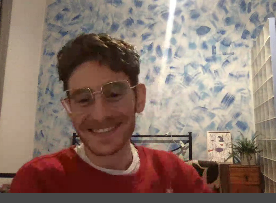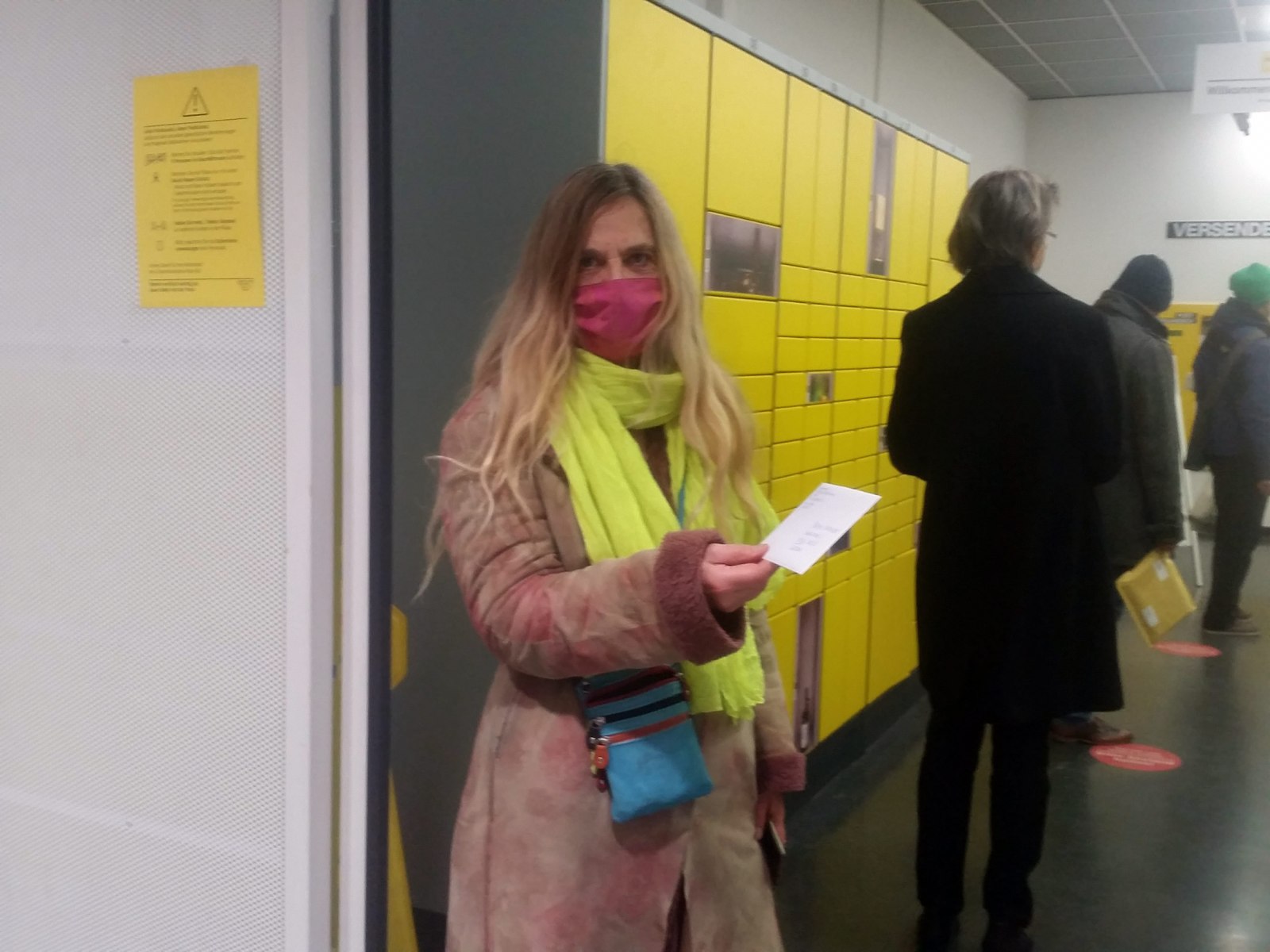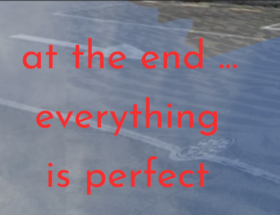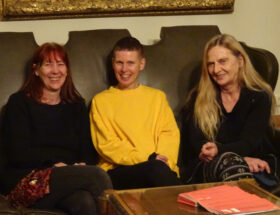The interface design and user experience (UX) of the new UpStage platform is led by Elisa Godoy de Castro Guerra, together with our intern Riad Salameh. They are responsible for the overall visual look and feel as well as the usability of the software and website interfaces, and work closely with both the developers and the artistic team.
 Elisa became interested in UpStage back in 2010, when she attended a workshop given by Helen Varley Jamieson at the Libre Graphics Meeting (LGM) in Brussels. Since then she has attended some UpStage performances and continued her connection with Helen through FLOSS Manuals and the LGM. At the 2019 LGM in Saarbrücken, Helen gave another workshop, this time with a focus on sustainability of open source tools for artists, and talked about the need to rebuild the platform; Elisa was inspired to volunteer her skills in design and user experience to the project.
Elisa became interested in UpStage back in 2010, when she attended a workshop given by Helen Varley Jamieson at the Libre Graphics Meeting (LGM) in Brussels. Since then she has attended some UpStage performances and continued her connection with Helen through FLOSS Manuals and the LGM. At the 2019 LGM in Saarbrücken, Helen gave another workshop, this time with a focus on sustainability of open source tools for artists, and talked about the need to rebuild the platform; Elisa was inspired to volunteer her skills in design and user experience to the project.
 About a year ago, Riad began to research the use of the internet as a site for performance. He discovered the term “cyberformance” and this led him to UpStage and the Mobilise/Demobilise project, which aligned perfectly with his interests. Riad joined the UX team, bringing his background in design and his current Erasmus+ mundus scholarship research in Media Arts Cultures.
About a year ago, Riad began to research the use of the internet as a site for performance. He discovered the term “cyberformance” and this led him to UpStage and the Mobilise/Demobilise project, which aligned perfectly with his interests. Riad joined the UX team, bringing his background in design and his current Erasmus+ mundus scholarship research in Media Arts Cultures.
Creating an attractive and accessible interface is the goal of the UX team: something that appeals to younger generations so that cyberformance can flourish and its history not be forgotten; and that is intuitive to use, so that artists and audience can focus on their creativity without having to worry about the technology.
![]() Both Elisa and Riad enjoy the collaborative nature of Mobilise/Demobilise, particularly in how the artistic and technical aspects are woven together in friendly way, including people with diverse skills and from very different cultures. The project teams work online, spanning several time zones and languages, requiring extra time and care to ensure good communication. The reward is a richness of experiences, abilities and intercultural exchange. For Elisa, the open source philosophy of the whole project is also important, and Riad highlights how gaining insights into the intricacies of software programming benefits his approach to the design.
Both Elisa and Riad enjoy the collaborative nature of Mobilise/Demobilise, particularly in how the artistic and technical aspects are woven together in friendly way, including people with diverse skills and from very different cultures. The project teams work online, spanning several time zones and languages, requiring extra time and care to ensure good communication. The reward is a richness of experiences, abilities and intercultural exchange. For Elisa, the open source philosophy of the whole project is also important, and Riad highlights how gaining insights into the intricacies of software programming benefits his approach to the design.
And what of the theme of the project? “Cela m’incite à me bouger et à me mobiliser! Et à combattre notre tendance naturelle à la passivité …” answers Elisa, “It encourages me to move and mobilise myself! And to fight our natural tendency to passivity …”.
“Mobilise/Demobilise makes me think of the digital territories that we inhabit,” says Riad, who has lived in Denmark, Poland and now the Netherlands since he joined the project. “Mobility has been a huge part of our life and history especially as art creators, and through the distance we connected to our loved ones with our mobiles and screens. However, with the current situation, those relationships were no longer a choice, bodies and intimacies are now shrunk into our devices where all of our lovers, friends and family reside. For me, this project is about embracing those new hybrids of our beings and allowing the body to perform in territories that always existed but were somehow ignored or taken for granted.”




